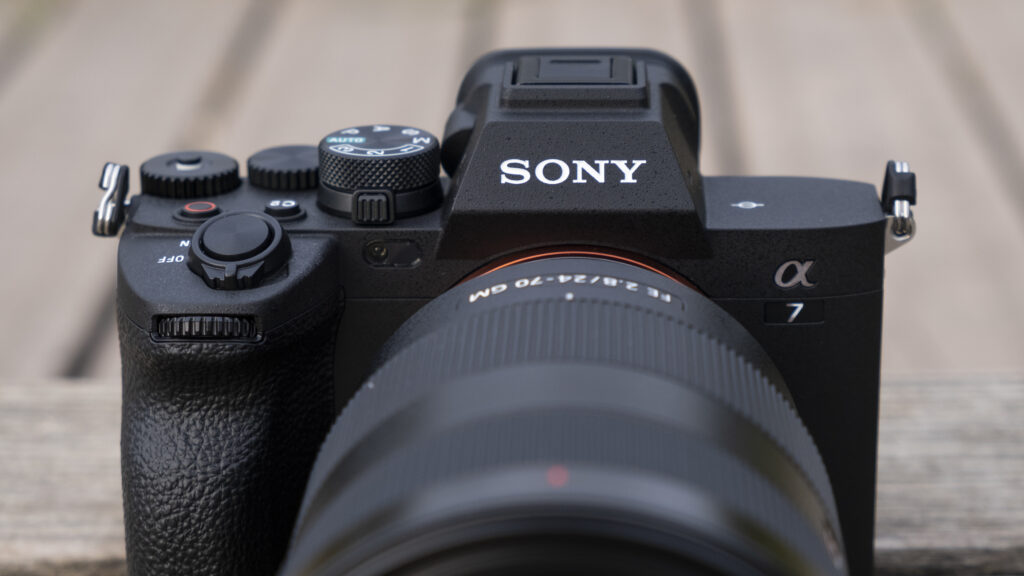
The highly anticipated Sony A7 V is rumored to launch in late 2023, with reports suggesting a release in either October or November. This fifth-generation model aims to reclaim its title as a leading all-rounder in the competitive full-frame camera market, a position it has recently lost to models like the Canon EOS R6 Mark II and the Nikon Z6 III.
The A7 IV, which debuted in 2021, was initially celebrated for its impressive features. However, it has since been overshadowed by newer models that deliver faster performance and superior video capabilities. As Sony prepares for the release of the A7 V, several upgrades are essential to help it regain its competitive edge.
Key Upgrades Needed for the A7 V
1. **A New Sensor**
Rumors indicate that the A7 V could feature a 33MP full-frame sensor, similar to its predecessor. While this resolution is adequate for mid-range cameras, the A7 IV struggles with rolling shutter distortion, particularly during high-speed shooting and video recording. Adopting a faster sensor, akin to the partially stacked 24MP sensor in the Nikon Z6 III, would significantly enhance its performance. A new sensor with improved read-out speeds and stabilization could set the A7 V apart from its rivals.
2. **Enhanced Autofocus with AI Technology**
The addition of an AI autofocus chip is another likely improvement. This technology, already present in Sony’s recent Alpha models, allows for advanced subject detection and tracking. Integrating this feature into the A7 V would boost its autofocus speed and efficiency, making it more versatile for various shooting scenarios.
3. **Improved Burst Shooting Capabilities**
The A7 IV’s continuous shooting speed is capped at 10 frames per second, which is relatively slow compared to competitors. The A7 V could benefit from Sony’s latest Bionz XR processor, which would enable faster continuous shooting and enhance overall performance. If the A7 V can achieve quicker burst shooting alongside its upgraded sensor, it will be well-positioned against other mid-range models in 2025.
4. **Advanced Video Features**
The A7 IV’s video capabilities are in need of an upgrade as well. Current specifications, such as 4K 60fps with a 1.5x crop, do not meet the high standards set by newer competitors. An upgrade to 4K 120fps recording without cropping could become a standard feature, along with new color profiles for enhanced video quality. Addressing rolling shutter issues through improved sensor technology will also be critical.
5. **Refined Display Features**
The A7 V is expected to feature a more versatile display, potentially adopting a 2-way tilt/vari-angle touchscreen, enhancing usability for different shooting angles. Additionally, improvements in the electronic viewfinder (EVF) resolution are anticipated, possibly reaching a 5.76 million dot specification. This change would provide a better viewing experience, although it remains uncertain whether this upgrade will materialize.
Looking Ahead
The A7 V is likely to mirror the successful design of the A7R V while maintaining a more accessible price point, estimated around $3,200 / £2,800 / AU$5,000. While it might not revolutionize the camera market to the extent of the A7 IV, it has the potential to significantly enhance Sony’s standing in the mid-range segment.
As the launch approaches, camera enthusiasts eagerly await to see if the A7 V can indeed raise the bar once again and establish itself among the top contenders in the full-frame camera landscape.







